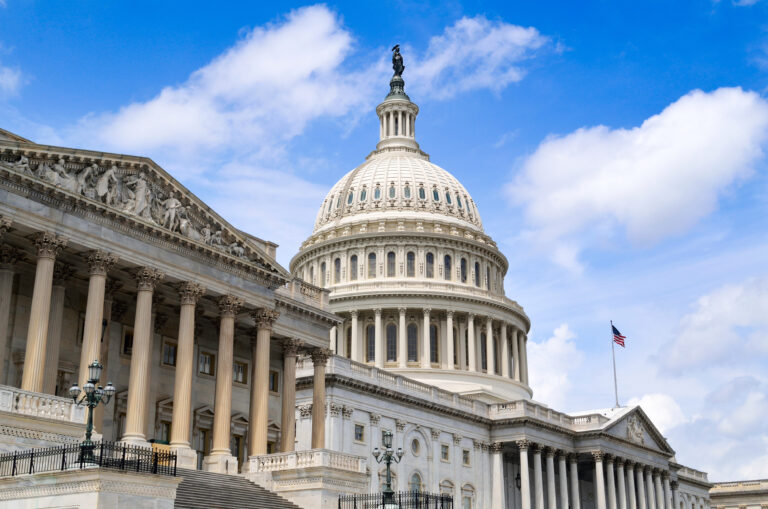On March 11, Education Secretary Linda McMahon oversaw the layoff of more than 1,300 federal employees across the Education Department’s divisions. Combined with roughly 600 staff members who took buyout offers in recent weeks, the purge cuts in half the number of staffers who work at the 45-year-old Department and begins making good on President Donald Trump’s campaign promise to dismantle the federal agency entirely. [The New York Times, subscription model]
The move is expected to limit the capacity of the Department. Indeed, barely 24 hours after the layoffs occurred, access to the online Free Application for Federal Student Aid had gone out. [NPR; The Associated Press]
How will the staffing cuts impact department responsibilities?
- Office for Civil Rights: The office, which is charged with enforcing federal laws that bar discrimination on the basis of sex, disability, age, race and national origin, is estimated to have lost more than 240 employees—or nearly half of its staff. Most of those layoffs impacted attorneys who investigate complaints from parents who believe a school has discriminated against their child.
- Title I and IDEA: The funding for the two largest federal education programs—one that supports children living in poverty and the other that supports students with disabilities—remains intact. But the layoffs included the majority of if not all the attorneys responsible for helping states and school districts understand how they can (and cannot) use that federal funding, and whose job it is to notice when the money is being spent in violation of the laws.
- Institute of Education Sciences: The Department’s research division was already subject to deep cuts in February by the Department of Government Efficiency (DOGE), which slashed $900 million in research contracts. Now, it’s down roughly 100 employees due to the layoffs.
- Federal Student Aid office: The office that administers the massive federal student loan program lost more than 300 employees at a moment when new income-driven repayment plans are set to bring major changes to the system. Combined with probationary staff who were previously fired and employees who took buyouts, the office will be out more than 700 employees – a situation that could make it difficult for the office to fulfill its most basic duties.
Looking ahead: Are the layoffs legal?
In response to the mass layoffs, a coalition of 21 state attorneys general sued the Education Department in federal court, arguing the workforce reduction amounts to an “illegal and unconstitutional” effort to dismantle the department without congressional approval. Separately, two judges blocked the Trump administration’s previous firing of probationary employees at several federal agencies, including the Education Department, concluding that the government had not followed the proper legal procedures for the mass firings. The move allows thousands of workers to get their jobs back—for now. [The New York Times, subscription model; The Wall Street Journal, subscription model]
This article is sourced from Whiteboard Notes, our weekly newsletter of the latest education policy and industry news read by thousands of education leaders, investors, grantmakers, and entrepreneurs. Subscribe here.




